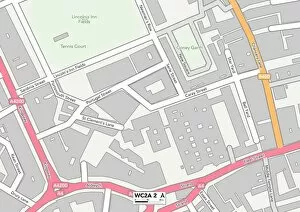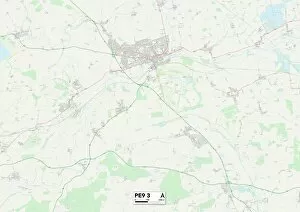Bell Yard Collection
"Bell Yard: A Journey Through Time and Transformation" Step back in time to the 19th of August, 1932, when the demolition marked a new chapter in Uxbridge's history
All Professionally Made to Order for Quick Shipping
"Bell Yard: A Journey Through Time and Transformation" Step back in time to the 19th of August, 1932, when the demolition marked a new chapter in Uxbridge's history. This once vibrant corner of London was about to make way for a brand new station, symbolizing progress and modernity. But let us rewind even further, to the year 1880. Fleet Street saw the birth of The Griffin, an establishment that stood proudly on the site where Temple Bar once stood. It served as a reminder of London's rich heritage and cultural significance. As we explore further into different maps such as Camden WC2A 2, Hampshire RG28 7, Cornwall PL31 2, and South Kesteven PE9 3; it becomes evident that Bell Yard had left its mark far beyond Uxbridge. Its name resonated across various locations in England. Traveling back through time again brings us to Knightrider Street in the City of London during the year 1841. Here stands the Vicar Generals Office at Bell Yard—a place where important matters were handled with utmost care and precision. The artistic depictions from artists like George Sidney Shepherd transport us even deeper into history. In their works from years like 1818 and 1835, we catch glimpses of houses lining Chancery Lane within Bell Yard's northern section—a bustling neighborhood filled with life and activity. However, not all tales are rosy ones. The mention of slum clearance reminds us that every location has seen its fair share of challenges throughout its existence. Bakers Yard and Nashs Yard housed inhabitants who experienced both hardship and resilience within Uxbridge's own Bell Yard. Today, if you were to visit this transformed space—once home to ancient buildings—you would witness a thriving station serving commuters on their daily journeys.











